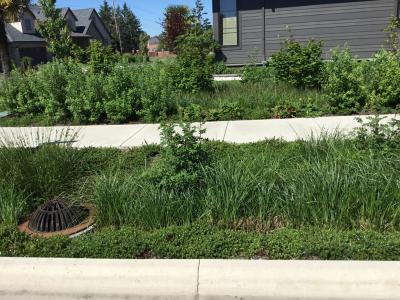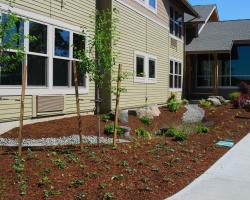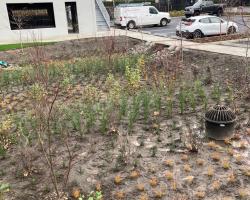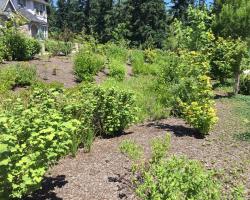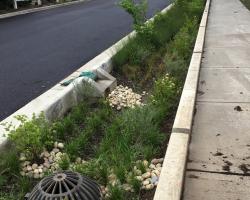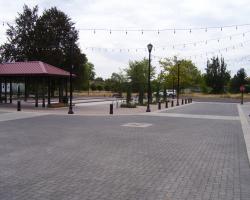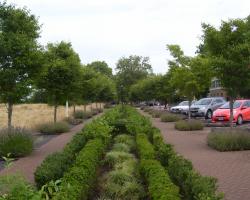Low Impact Development/Green Infrastructure
Traditional stormwater management focused on quickly channeling runoff away from urban areas using pipes and drainage systems. This often led to increased flooding and water pollution. Low Impact Development (LID) and Green Infrastructure (GI) are updated stormwater management approaches used to mimic natural processes, reduce runoff, and improve water quality. Both concepts aim to manage stormwater more sustainably and mitigate the impact of urbanization on the environment. Both LID and GI represent a shift towards more sustainable and resilient stormwater management practices, aiming to harmonize urban development with ecological processes.
Low Impact Development (LID)
LID focuses on managing stormwater at its source through design practices that integrate with the landscape. The goal is to maintain or restore pre-development hydrology by reducing runoff, improving water quality, and enhancing the natural landscape.
Principles:
- Preservation of Natural Features: Maintain existing natural landscapes and features such as wetlands, forests, and floodplains.
- Runoff Reduction: Implement practices to minimize runoff volume and velocity, such as permeable pavements, vegetated swales, and rain gardens.
- Infiltration: Promote the infiltration of rainwater into the ground to recharge groundwater and reduce surface runoff.
- Pollution Prevention: Use practices like vegetated swales and bioretention areas to filter and treat stormwater before it reaches water bodies.
Green Infrastructure (GI)
GI encompasses a broad range of practices and systems designed to manage stormwater while providing additional environmental, social, and economic benefits. It integrates natural processes into urban environments and often emphasizes a multi-functional approach.
Principles:
- Integration with Urban Design: Incorporate green infrastructure into urban planning to enhance resilience, aesthetics, and functionality.
- Ecosystem Services: Leverage natural systems to provide services such as water filtration, temperature regulation, and habitat enhancement.
- Community Benefits: Improve quality of life through green spaces, recreational areas, and enhanced urban aesthetics.





